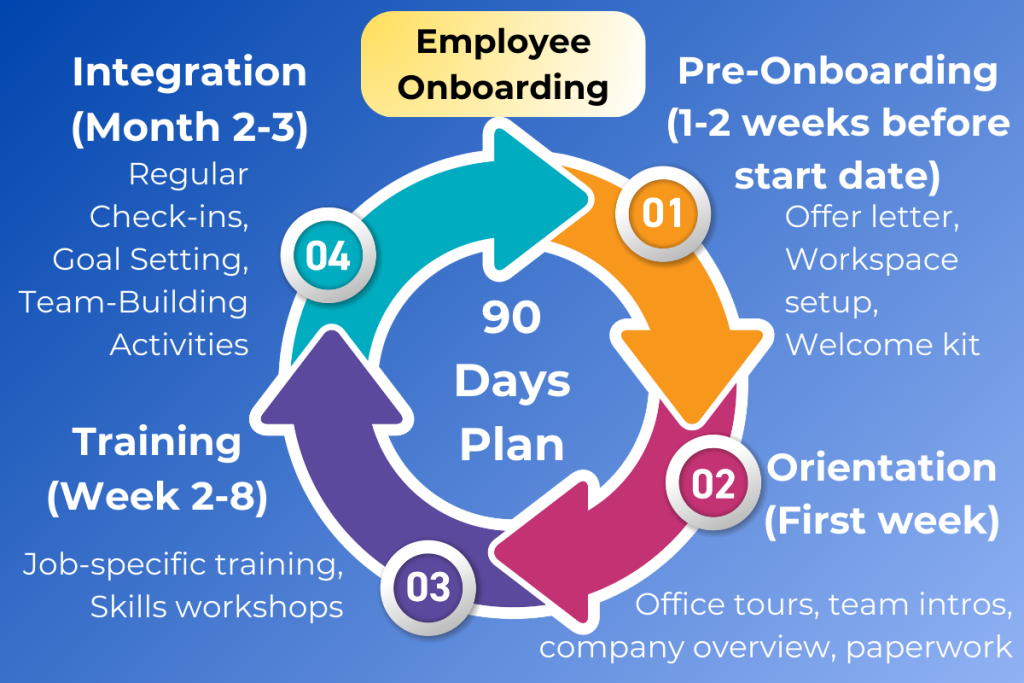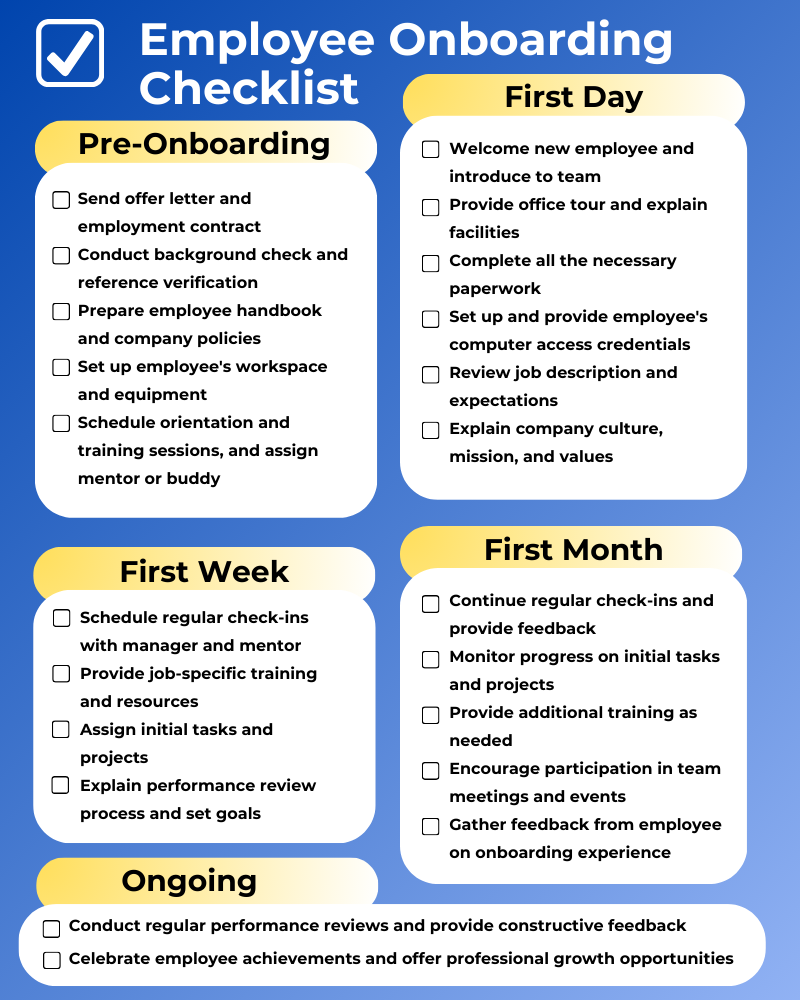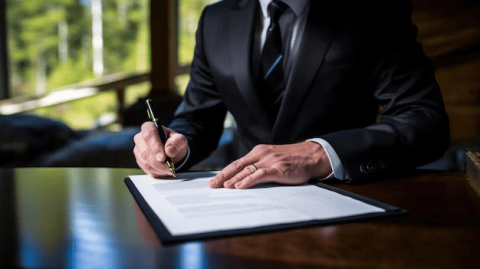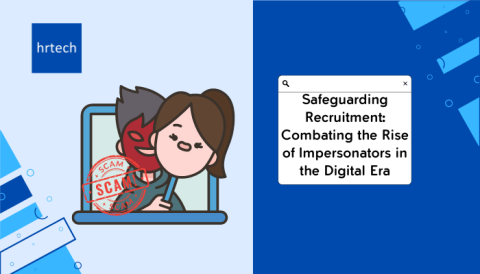Did you know that 1 out of 5 new hires who quit their job are more likely to do so within the initial months they join the company? That’s why having a proper employee onboarding system is crucial to ensure higher employee retention.
But exactly is employee onboarding, and how can you ensure it’s done effectively? Let’s dive in and find out!
What Is Employee Onboarding?

Employee onboarding is the process of bringing new hires into a company and helping them get settled in their roles.
It’s all about making sure they feel welcome, understand the company culture, and have everything they need to do their best work.
The first 90 days are super important for new employees because that’s when they learn their job roles and start to feel like part of the team.
Onboarding isn’t just about the first day or week. It’s a longer process that helps new hires:
- Get to know the company’s values and goals
- Learn the skills and tools they need for their job
- Meet their coworkers and find mentors
- Feel comfortable and confident in their new workplace
Note: Onboarding isn’t just for brand-new employees, either. Sometimes, people who already work at the company might change jobs or come back after being away for a while. They might need some extra help getting up to speed, too.
Why Is Employee Onboarding Crucial?
Studies show that good onboarding experience can significantly increase employee retention – with over two-thirds staying with the company for more than 3 years.
That’s why proper employee onboarding is so important.
A good onboarding program can work wonders if implemented correctly. It leads to:
- Higher job satisfaction and morale
- Better job performance and productivity
- Lower stress and anxiety for new hires
- Stronger employee retention and less turnover
Think about your first day at a new job. It’s nerve-wracking, right?
You want to make a good impression and fit in fast. It sets the tone for the employee’s whole journey with your company.
Onboarding is also a time-saver. It gets new hires up to speed quickly so they can start contributing. The faster they feel confident in their role, the better for everyone. In short, a solid onboarding program is an investment that pays off in the long run.
What Happens Due To Ineffective Onboarding?
A poor onboarding experience is bad news. It can make new hires feel lost, overwhelmed, and unhappy. Some of the biggest risks of bad onboarding are:
Lower Profitability And Productivity
When onboarding falls short, new hires take longer to get up to speed. This means more time and money spent on training. It also means missed opportunities and lost productivity. Let’s say it takes a new salesperson 6 months to start hitting their targets. That’s 6 months of lost sales and revenue.
Multiply that by every poorly onboarded employee and it adds up fast.
Mistakes In Onboarding Programs
Even with the best intentions, onboarding programs can miss the mark. Some common blunders are:
- Information overload on day one
- Lack of clear expectations and goals
- Too much focus on paperwork, not enough on culture
- Inconsistent or absent manager involvement
- Treating onboarding as a “one and done” event
These mistakes leave new hires feeling frustrated and disconnected. They may start to doubt their decision to join your company.
Impact On Employee Satisfaction
The effects of bad onboarding can last for months or even years.
Data shows that an unsatisfactory onboarding experience can double the chances of new employees looking for a job elsewhere later.
Employees who start off on the wrong foot are more likely to be dissatisfied with their job. They’re also more likely to quit. Imagine a new hire’s first week is a blur of boring presentations and mountains of paperwork. They feel more confused than motivated. Fast forward a few months and they’re less engaged and productive than they could be. All because of an improper first impression.
How To Onboard New Employees? Complete Process

A good onboarding process helps new hires feel welcome, get up to speed quickly, and start contributing to the team.
Here’s a step-by-step guide to onboarding new employees the right way.
Step 1: Cover the Basics
Before your new hire even walks through the door, make sure you have all the essentials ready to go:
- Clean, set-up desk space
- Computer, phone, and any other equipment they’ll need
- Login credentials and access to necessary systems
- Employee handbook and other important documents
- Welcome package with company-branded items (think branded pens, notebooks, or a coffee mug)
Step 2: Make Intros and Set Expectations
On your new hire’s first day, take the time to introduce them to the team and key people they’ll be working with. This helps them put faces to names and feel more comfortable asking questions.
It’s also important to sit down with your new employee and clearly lay out your expectations for their role, including:
- Job duties and responsibilities
- Performance goals and metrics
- Company policies and procedures
- Work hours, break times, and time-off requests
Step 3: Provide Training and Resources
Now it’s time to dive into the nitty-gritty of the job.
Set up training sessions to teach your new hire the skills and knowledge they need to succeed in their role, such as:
- Technical skills (software, tools, equipment)
- Soft skills (communication, problem-solving, teamwork)
- Company-specific processes and best practices
Studies highlight that 8 out of 10 employees will think of leaving a company if they haven’t been trained properly during their onboarding process.
That’s why make sure to provide plenty of resources, like user manuals, checklists, and access to online learning platforms to train them properly.
Step 4: Focus on Culture and Connection
Onboarding isn’t just about job duties and training. It’s also a chance to immerse your new hire in your company culture and help them build relationships with their coworkers.
Some ideas:
- Schedule lunches or coffee chats with different team members
- Share company values, traditions, and inside jokes
- Invite them to join any employee resource groups or social clubs
- Assign a buddy or mentor to show them the job roles and answer their questions
For instance, Apple has a unique iBuddy system. Whenever a new employee joins a company, another co-worker from outside is assigned as their buddy.
This ensures the new employees can easily ask common questions related to workplace and company culture. In fact, this system has become so popular that companies like Microsoft use it, too.
Step 5: Check In and Give Feedback
Onboarding doesn’t end after the first week.
Make sure to schedule regular check-ins with your new hires to assess their progress, answer questions, and give feedback.
Right Duration For Employee Onboarding
On average, a good onboarding program for new employees should at least last for 90 days, if not longer. When it comes to onboarding new employees, there’s no one-size-fits-all timeline.
The length of the process depends on factors like the complexity of the job, the size of the company, and the new hire’s experience level.
Employee Onboarding Best Practices And Strategies
Onboarding is a key time for new hires. It sets the stage for their success with your company. A good onboarding program has many moving parts. Here are some strategies to make it great:
1. Make a Good First Impression
First impressions matter. A lot. Make sure new hires feel welcomed and prepared from day one.
Some ideas:
- Have their workspace ready with supplies and equipment
- Send a welcome email with first-day information (where to park, what to wear, etc.)
- Give them a welcome packet with key contacts, policies, and perks
- Take them on an office tour and make introductions
2. Cater to Different Learning Styles
People learn in different ways. Some like reading, others prefer hands-on training.
Mix it up in your onboarding.
Provide information in various formats like:
- Written guides and checklists
- In-person or video training sessions
- Job shadowing and mentoring
- Interactive online modules
3. Get the Whole Company Involved
Onboarding shouldn’t fall only on HR. Make it a team effort.
Get other departments involved:
- Have IT set up their tech and do cybersecurity training
- Ask the employee’s manager to map out their goals and duties
- Bring in a experienced coworker to be their buddy or mentor
- Schedule meet-and-greets with key colleagues
For example, Google’s onboarding system is so well-planned out such that whenever it’s time to onboard a new employee, their hiring managers are notified one day prior to that.
In their task lists, some of the important tasks like having a buddy for the new employee, assisting the new employee meeting their other co-workers, discussing their job roles and more are included.
Special focus is given on the role of HR managers to ensure the new employees get a great onboarding experience.
4. Focus on the Employee’s Growth
Show new hires their future at your company. Give them a roadmap for moving up and learning more.
That could include:
- Regular check-ins with their manager
- A 30/60/90-day plan with goals and milestones
- Info on training opportunities and tuition reimbursement
- An individual development plan for their role
Did you know? A famous software company Miro (known for their user-friendly online whiteboard) uses the 30-60-90 onboarding plan for their employees.
The 30-60-90 day plan of onboarding provides a clear structure for the tasks a new hire must complete in their first few months on the job. This puts guesswork out of the equation and helps them stay productive and focused on achieving their goals.
5. Make It Engaging and Fun
Onboarding doesn’t have to be boring. Add some excitement to make it memorable.
Some fun ideas:
- Have the founder record a personal welcome video
- Give them company-branded items like a T-shirt or water bottle
- Play some ice breaker games
- Take the team out for a welcome lunch
Speaking of welcome video, here’s a great real-world example:
Zappos, a world-renowned brand uses a 6 minute onboarding video giving a quick overview of the culture and role of employees. This type of short welcome videos are a great way to connect with new employees and enhance their onboarding experience.
6. Keep the Learning Going
Learning shouldn’t stop after week one.
Make onboarding an ongoing process:
- Have new hires attend monthly lunch-and-learns
- Check in after 30, 60, and 90 days
- Offer job-related workshops and trainings
- Encourage them to join employee resource groups
7. Measure and Get Feedback
Track your onboarding program to see what’s working.
Two ways to do this:
- Give new hires a survey after 90 days to rate the program
- Look at retention rates for new hires after 1 year
Use feedback to improve your onboarding over time. Even small tweaks can have a big effect.
What Software To Use For Onboarding Employees?
One of the effective ways to simplify your onboarding processes is to use good quality software.
It helps you reduce manual work, and organizes the whole onboarding process in a much more convenient way through automation.
Here are two examples of the best softwares for onboarding employees:
- BambooHR – Best For Small And Mid-Sized Businesses
- Workday – Best For Large Enterprises With Advanced Features
Softwares like BambooHR offer a complete all-in-one solution handling payroll, employee benefits, records, offer management, and more, along with onboarding. These types of systems are known as HRIS (Human Resource Information System) software.
Want to explore more HR tools that can help you in effective talent management and onboarding? Check out hrtech’s marketplace to find specialized tools related to talent analytics, employee engagement, talent development, and more
Pre-Onboarding: Screening Applicants
Along with onboarding employees, it’s essential to make sure you’ve the right pre-onboarding systems and processes in place. Proper screening helps you make the right hires. This makes for smoother onboarding.
Some pre-hire screening methods:
- Interviews (phone, video, in-person)
- Reference and background checks
- Skill assessments and job simulations
- Personality and culture fit tests
Pick ones that make sense for the role. For example, a coding test for developers. Screening helps spot red flags. It also shows if they have all the must-have skills. This leads to better hires and less turnover.
Conclusion
Onboarding new employees is crucial for their success and retention within the company.
A well-structured employee onboarding process helps new hires feel welcomed, understand their roles better, and fit into the company culture more easily. Regularly checking and getting feedback on the onboarding program helps make it better over time.
Plus, screening candidates before hiring leads to smoother onboarding and less turnover.
At hrtech, we offer specialized courses and certification programs that can help you upskill yourself with the industry-best HR knowledge. Learn more about it now!





